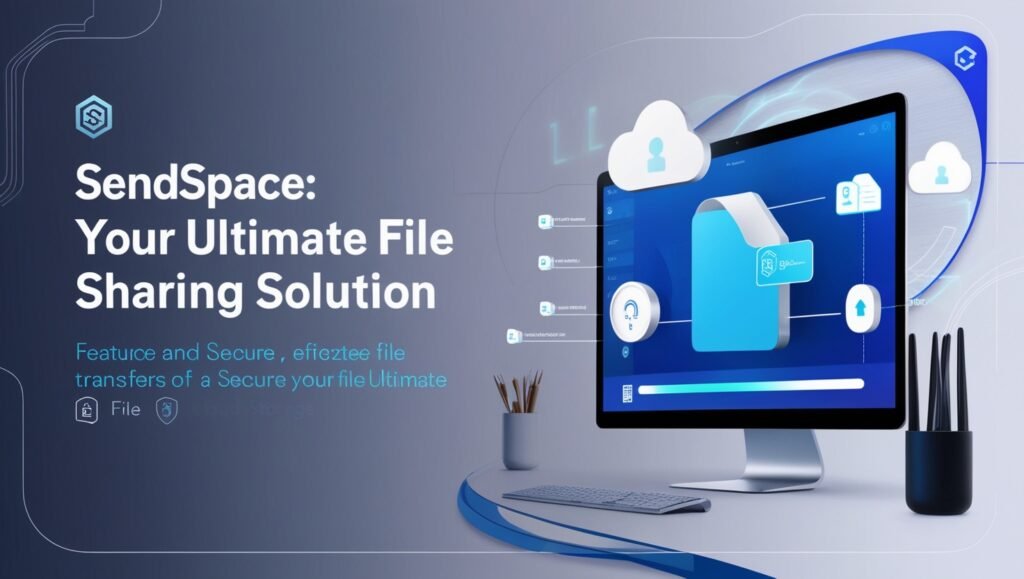Table of Contents
In today’s rapidly evolving technological landscape, businesses must stay ahead of the curve to remain competitive. One strategic approach to achieving this is by leveraging the expertise of a Virtual Chief Information Officer (vCIO). This comprehensive guide will delve into the nuances of the vCIO role, exploring its importance, benefits, and implementation strategies.
Introduction to vCIO
A Virtual Chief Information Officer (vCIO) is a crucial asset for modern businesses seeking expert IT guidance without the expense of a full-time executive. A vCIO offers strategic IT planning, aligning technology initiatives with business goals to drive growth and efficiency. They provide comprehensive IT management, ensuring that systems are optimized, secure, and scalable. By leveraging a vCIO, companies can benefit from expert advice on IT investments, risk management, and vendor relationships, enhancing overall operational effectiveness. This strategic approach ensures that businesses remain competitive in an increasingly digital landscape.
The Role of a vCIO
The role of a vCIO, or Virtual Chief Information Officer, is pivotal in modern businesses, particularly for small to medium-sized enterprises seeking cost-effective IT leadership. A vCIO provides strategic IT planning, aligns technology with business goals, manages IT budgets, and ensures robust cybersecurity measures. By leveraging their extensive experience across various industries, vCIOs offer tailored solutions that enhance operational efficiency and drive innovation. Their expertise in technology roadmap development and vendor management allows businesses to stay ahead in the competitive market, ensuring seamless IT operations and strategic growth.
Benefits of a vCIO
- Cost Efficiency: vCIOs are typically less expensive than hiring a full-time CIO.
- Expertise: vCIOs bring a wealth of experience from working with multiple businesses.
- Flexibility: Businesses can scale the vCIO’s involvement based on their needs.
- Focus on Core Business: With a vCIO handling IT strategy, business leaders can focus on core operations.
vCIO vs Traditional CIO
In the debate of vCIO vs Traditional CIO, the distinction lies in flexibility and cost efficiency. A Virtual CIO (vCIO) offers businesses the strategic IT leadership of a traditional Chief Information Officer without the financial burden of a full-time salary. vCIOs work on a contractual basis, bringing a wealth of experience across multiple industries. This allows small to medium-sized enterprises to benefit from high-level IT strategy and planning without the expense of a permanent executive. Conversely, traditional CIOs, though embedded in the company’s culture and operations, can be less adaptable and more costly. Thus, opting for a vCIO can be a smart move for businesses aiming to streamline their IT functions while managing costs effectively.
How a vCIO Works
A Virtual Chief Information Officer (vCIO) operates by integrating seamlessly with a company’s existing IT team, offering strategic IT leadership and guidance. The vCIO begins by conducting a thorough assessment of the current IT infrastructure, identifying gaps and areas for improvement. They develop a comprehensive IT strategy aligned with the company’s business goals, ensuring effective technology integration. The vCIO manages IT budgets, oversees vendor relationships, and implements cybersecurity measures. Regular collaboration with internal teams ensures ongoing support and adaptation to evolving business needs, optimizing IT performance and driving business growth.
When to Hire a vCIO
Determining when to hire a vCIO is crucial for businesses aiming to leverage strategic IT leadership without the overhead of a full-time executive. Companies should consider hiring a vCIO when they lack in-house IT expertise, are experiencing rapid growth, or need to overhaul their IT strategy. A vCIO is invaluable during periods of digital transformation, mergers, or acquisitions, providing the necessary guidance to navigate complex technological landscapes. Additionally, businesses facing challenges with IT budget management, cybersecurity, or compliance can greatly benefit from the expertise of a vCIO, ensuring their IT infrastructure aligns with their strategic goals and supports sustainable growth.
By recognizing the signs, such as outdated technology systems, inefficient IT processes, or an increasing need for innovation, businesses can determine the optimal timing for integrating a vCIO. This strategic move not only enhances operational efficiency but also positions the company for long-term success in an ever-evolving digital environment.
Choosing the Right vCIO
When it comes to choosing the right vCIO, businesses must consider several key factors to ensure they are selecting the ideal candidate for their IT needs. First and foremost, experience and expertise in strategic IT planning and management are crucial. Look for a vCIO who has a proven track record of success and relevant industry experience. Additionally, ensure the vCIO has a comprehensive understanding of your business objectives and can align IT strategies accordingly. Communication skills and cultural fit are also important, as the vCIO will need to effectively collaborate with your internal teams. Finally, consider the flexibility and scalability of their services to accommodate future growth and changes within your organization. By prioritizing these elements, businesses can confidently select a vCIO that will drive innovation and enhance their IT infrastructure.
Key Responsibilities of a vCIO
- Strategic IT Planning: Developing and implementing long-term IT strategies.
- IT Budget Management: Overseeing IT expenditures and ensuring cost-effective solutions.
- Technology Roadmap Development: Creating a roadmap for future technology implementations.
- Vendor Management: Managing relationships with IT vendors and service providers.
- Risk Management: Identifying and mitigating IT risks to ensure business continuity.
Implementing a vCIO in Your Business
To successfully implement a vCIO, businesses should:
- Clearly define the vCIO’s role and responsibilities.
- Establish communication channels between the vCIO and internal teams.
- Set measurable goals and objectives for the vCIO.
- Regularly review and adjust the vCIO’s strategies based on business needs.
Case Studies of Successful vCIO Implementation
Case Study 1: Tech Startup
A tech startup hired a vCIO to streamline its IT processes and prepare for rapid growth. The vCIO developed a scalable IT infrastructure, resulting in a 30% increase in efficiency and a smoother scaling process.
Case Study 2: Healthcare Provider
A healthcare provider engaged a vCIO to enhance its cybersecurity measures. The vCIO implemented robust security protocols, reducing data breaches by 40% and ensuring compliance with industry regulations.
Case Study 3: Manufacturing Company
A manufacturing company facing outdated technology issues brought in a vCIO to modernize its IT systems. The vCIO introduced automation tools, improving productivity by 25% and reducing operational costs.
Challenges and Solutions in vCIO Services
Challenge 1: Resistance to Change
Solution: Educate employees on the benefits of new technologies and involve them in the decision-making process.
Challenge 2: Communication Gaps
Solution: Establish regular check-ins and use collaborative tools to ensure seamless communication between the vCIO and internal teams.
Challenge 3: Budget Constraints
Solution: Prioritize IT projects based on business impact and ensure a clear ROI for each initiative.
Future Trends in vCIO Services
- Increased Adoption of AI and Automation: vCIOs will leverage AI to enhance decision-making and automate routine tasks.
- Focus on Cybersecurity: As cyber threats grow, vCIOs will prioritize robust cybersecurity measures.
- Cloud Integration: vCIOs will continue to drive cloud adoption for improved scalability and cost savings.
- Data-Driven Decision Making: vCIOs will harness big data to provide actionable insights and drive business growth.
- Sustainability Initiatives: vCIOs will focus on implementing green IT practices to support environmental sustainability.
Conclusion
The role of a Virtual CIO is pivotal for businesses aiming to align their IT strategies with their overall goals. By offering expertise, flexibility, and cost efficiency, vCIOs provide a valuable service that can drive business growth and innovation.
Frequently Asked Questions (FAQs)
1. What is a Virtual CIO?
A Virtual CIO (vCIO) is an outsourced service provider who offers strategic IT leadership and guidance to businesses, working remotely and on a part-time basis.
2. How does a vCIO differ from a traditional CIO?
Unlike traditional CIOs, who are full-time employees, vCIOs work remotely and on a contractual basis, offering greater flexibility and cost savings.
3. When should a business consider hiring a vCIO?
Businesses should consider hiring a vCIO when they lack in-house IT leadership, face rapid growth, or need to revamp their technology strategy.
4. What are the key responsibilities of a vCIO?
Key responsibilities include strategic IT planning, IT budget management, technology roadmap development, vendor management, and risk management.
5. What are the benefits of hiring a vCIO?
Benefits include cost efficiency, expertise, flexibility, and the ability for business leaders to focus on core operations.




